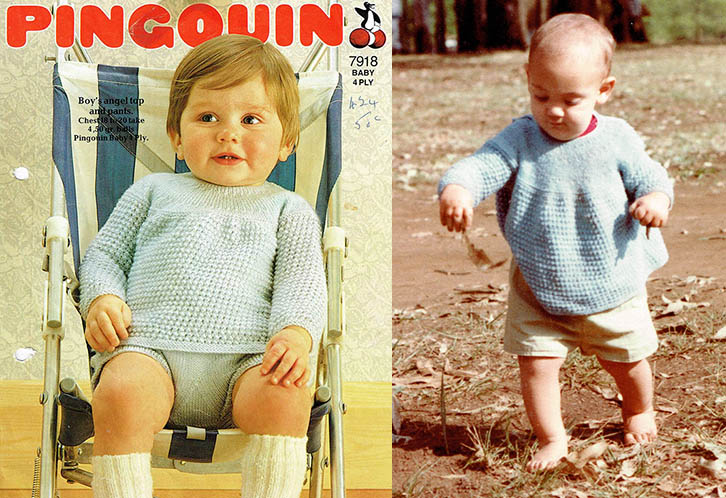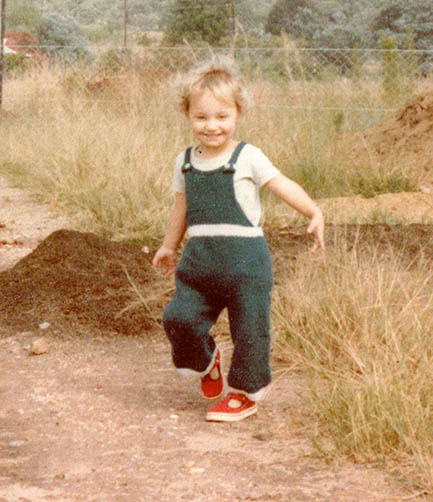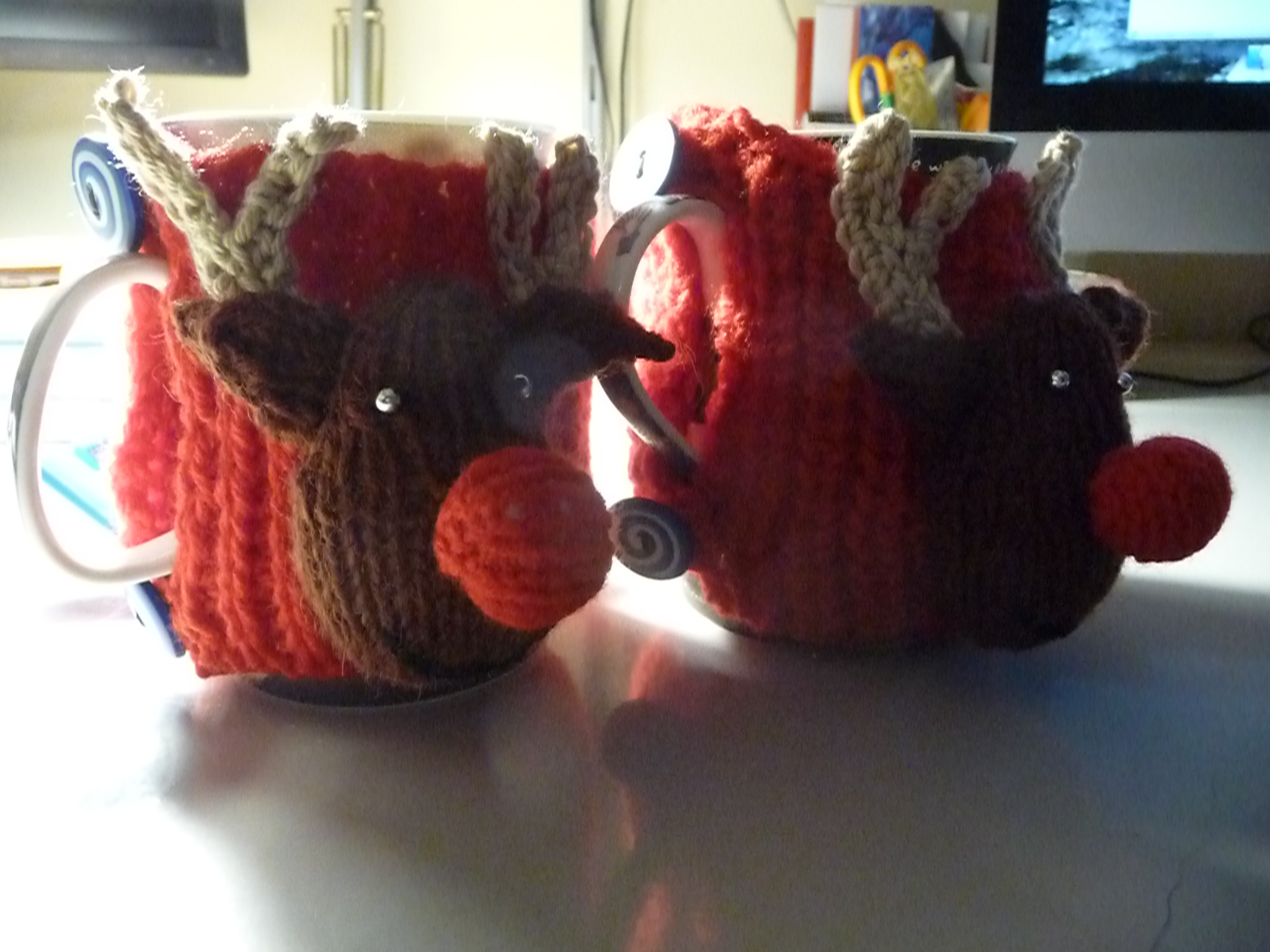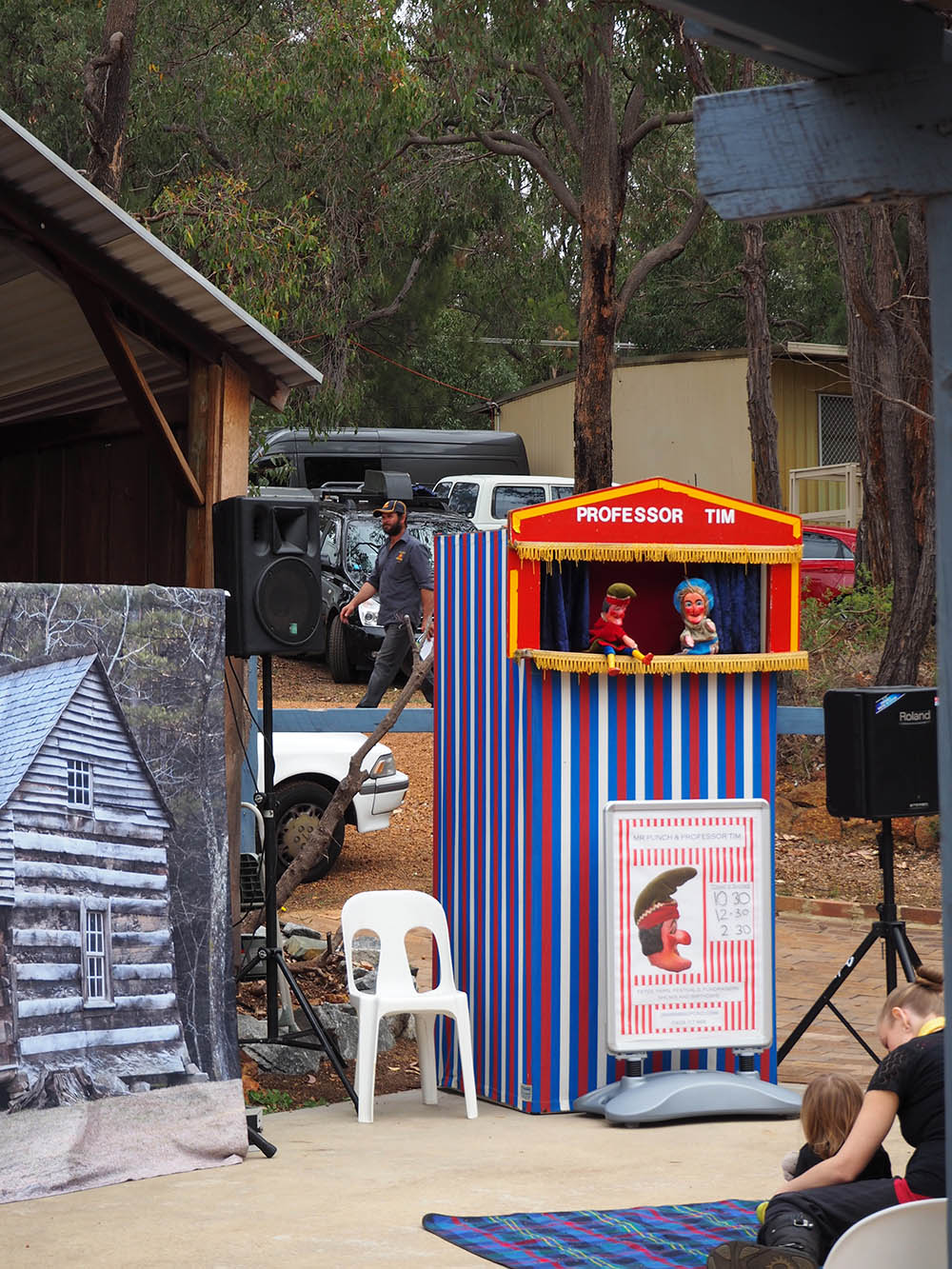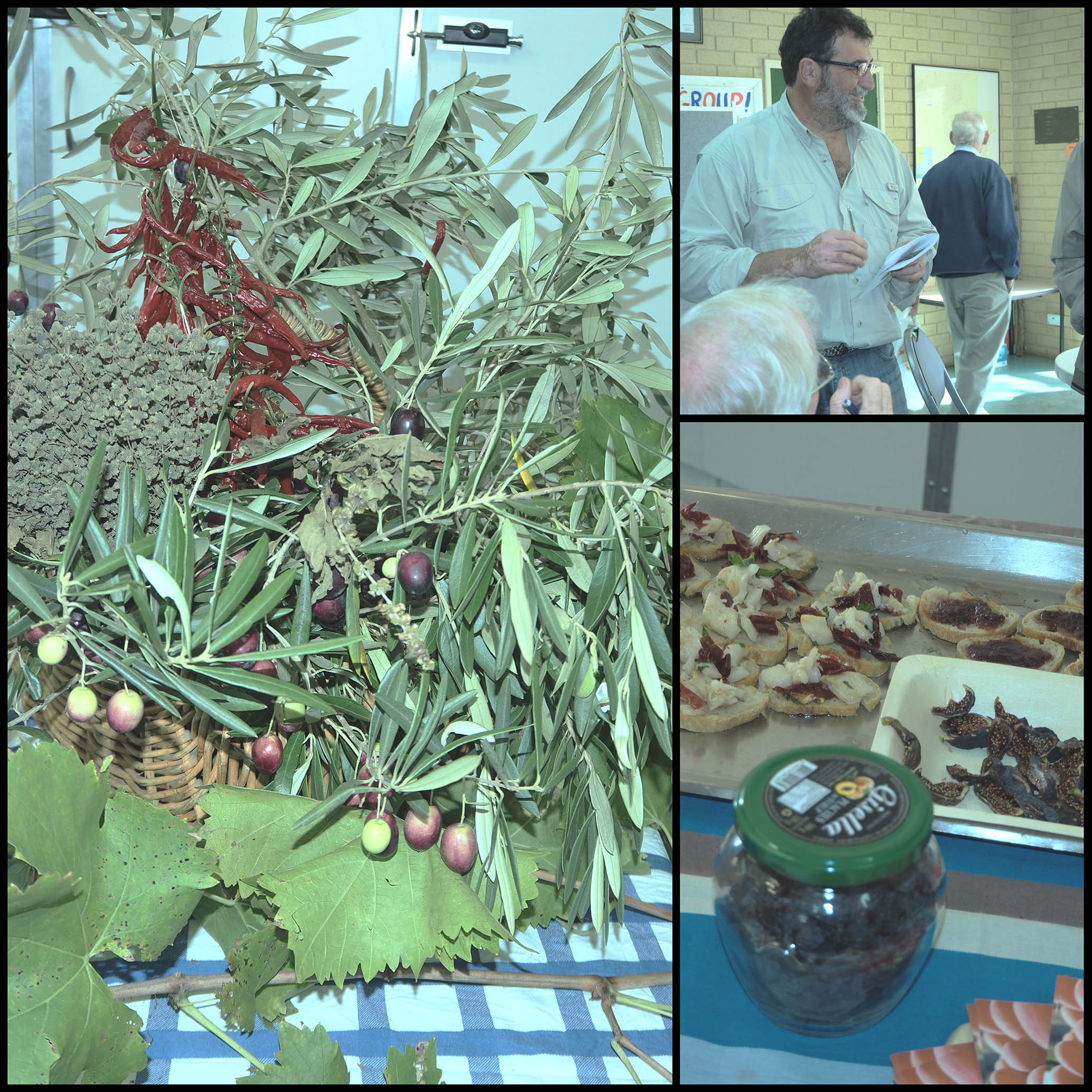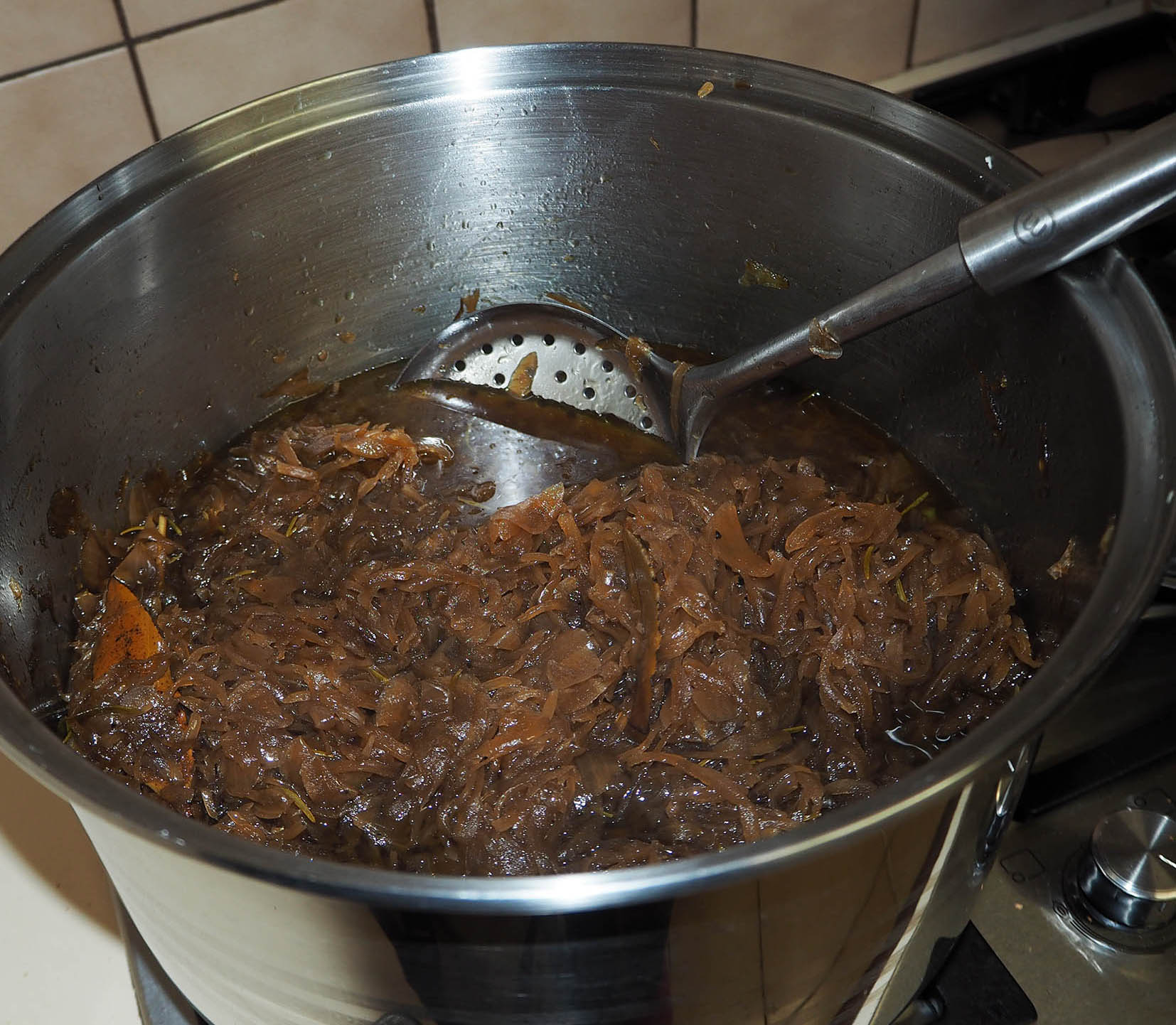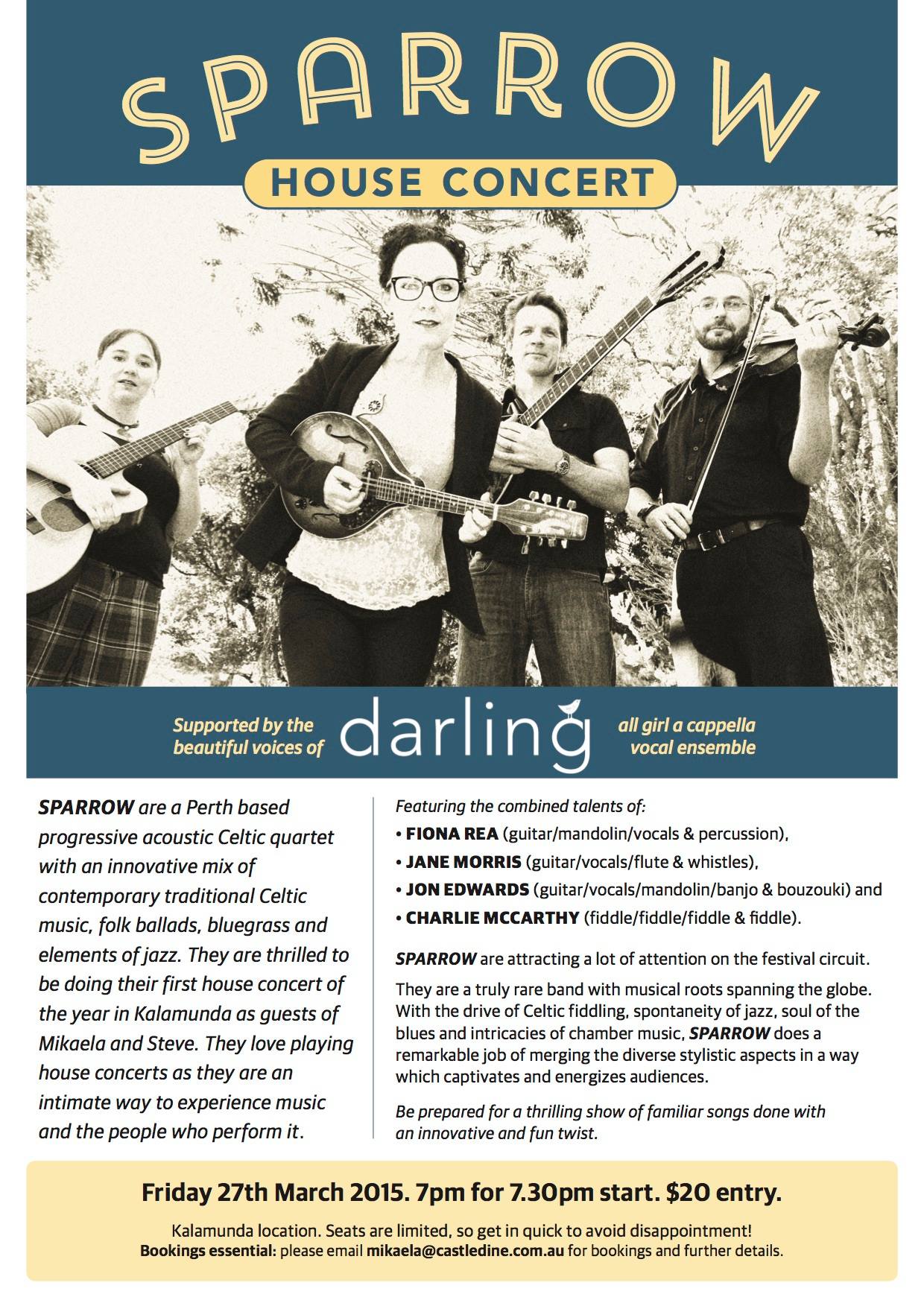My sister and I are off to the epicentre of woollen fashion, fine food and beautiful fibre at ridiculous o’clock tomorrow morning and my thoughts have thus turned to all things knitty. Yes, I knit – in public and in private, pretty much whenever the opportunity arises and my hands need something to occupy them to pass the time. It requires little in the way of special equipment, is portable, relaxing, sometimes frustrating, can be done in company and generally produces something that’s, at the very least, useful. An all-round winner, really.
I feel as though I’ve always knitted, but in actual fact knitting isn’t something that came naturally to me at all. My first attempts were thrust upon me by hard-hearted junior school teachers who appeared to believe that all girls could (and should!) knit. My tangled, grubby yarn and overt lack of enthusiasm eventually disabused them of this notion, but it took great diligence on my part to achieve this.
Congratulating myself on a narrow escape, I moved on to senior school. To my horror, the knitting-monster was lying in wait when I got there. The teachers ‘encouraged’ all the girls (yes, a girls school) to knit squares every year. These were then sewn into blankets (presumably by the teachers or some gullible mothers) and donated to a local age-care facility that the school helped to support.
It seemed like bad form not to participate and, to my surprise, squares turned out to be something that I could knit. Indeed, by the time I left high school, I could churn out a pretty good square over a couple of days, knitting at recess whilst chatting to friends. I didn’t realise it at the time, but this simple knitting project – and the feeling that I was helping to contribute to a good cause – changed my attitude to knitting and almost certainly encouraged me to develop a social conscience.
Several years later, a knitting-pro friend encouraged me to try knitting again, starting with something small. She taught by example, become the then-equivalent of my personal YouTube knitting video stream. I could ask her to show me the same thing again (and again) and she’d patiently ‘replay’ the bit I didn’t get without being ‘judgey’ about it. The result is that I’ve dabbled with fancy stitches, fair isle, used intarsia as a way to create pictures on jumpers for my children, tried socks and created toys. My latest adventure is to join a knitting group and to give interlace knitting a try.
So I guess this means that, whilst I’m certainly not a pro-knitter, I’m no longer a rank novice. This is oddly satisfying, considering the rather rocky start. I’m looking forward to meeting some extreme knitting-nuts, perhaps learning a new technique or two and seeing (and buying) some beautiful yarn.
Bendigo, I hope you’re ready for us!

